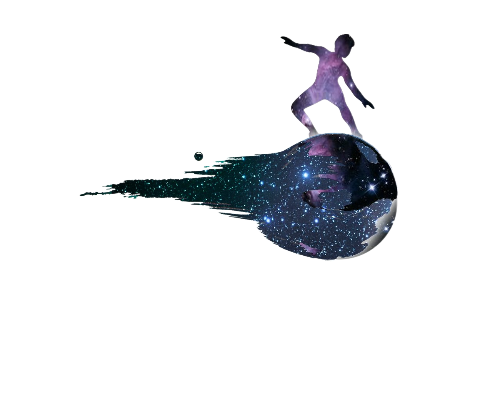The Perfect Nightscape Camera
There is no such thing as a perfect camera, let alone a perfect nightscape camera. But dreaming of it never hurt.
In the past Canon and Nikon and also Pentax have offered us cameras designed for astrophotography. Canon 20Da, 60Da, Eos Ra, and Nikon D810a, come to mind as popular choices. Those cameras had their LPF-2 filter removed to give us 4x sensitivity in the red spectrum. Other than that no major differences can be found between the stocks and modified versions of the offered cameras. A real nightscape camera could use some tricks and features that would make our nightlife easier. This is my take on preferences.
ISO invariant sensor
With iso-invariant cameras, there is practically no penalty when shooting low iso and then brightening the exposure in post. To be precise there are no perfect iso-invariant cameras rather some are optimized for only a part of their ISO range to work that way. Nevertheless, we can not speak for a perfect nightscape camera without iso-invariant behavior.
Built-in intervalometer (Canon, Nikon, Sony, Olympus, Pentax, Panasonic)
I can not think of a camera for astrophotography without an intervalometer. It is so handy with almost no impact on processing power. A must-have.
Bright Monitoring (Sony, Nikon, Panasonic)
A very useful feature introduced by Sony that allows you to adjust the composition when shooting in dark environments by extending the exposure time. It's useful even in deep-sky imaging. Panasonic & Nikon followed with Starlight mode in Z9.
Ha mod (Canon, Nikon)
Modding the camera for astrophotography is always a risky business. Many things can go wrong. The camera can be damaged or lost during shipping, dust can be trapped when the modder assembles the filters of the sensor, sensor tilt can occur if a screw isn’t as tight as it should, etc. After all, when modding you lose the warranty. A camera modded in the factory eliminates all these problems.
Remote/tether shooting/focusing
Have you tried to manually adjust focus in a 135/200/300 lens on a skywatcher star adventurer? It’s a wobbling nightmare. Many camera brands already offer remote shooting and focusing apps but for astrophotography, we need the stepper motor to work with a slow focus algorithm to achieve perfect focus. Ιdeally the camera should be ASCOM compatible and play well through other astronomy apps like N.I.N.A/APT/SGP etc.
Star tracker via IBIS (Pentax)
A built-in camera star tracker would eliminate the need for a tracker mount. Pentax introduced this feature simply by using the camera’s built-in GPS and sensor stabilization system to track the stars. Imagine how much weight we can get rid of by ditching the tracker mount.
Dithering
The idea is simple. Instead of using IBIS to track the stars, use the ibis in the camera for dithering. I don’t know any camera that currently can do that. Dithering is the technique that shifts the stars to a random slightly different place in each exposure and can fix the pattern noise and hot pixels or even eliminate the need for taking dark frames.
Starlight AF /Stary Sky AF(Panasonic, Olympus)
There are a few cameras out there that can autofocus at the stars but none can keep up with the success rate of Panasonic and Olympus. The mode cracks up the ISO and autofocus at the stars with ease.
Night mode scene and red dials (Panasonic, Nikon)
Adjusting your eyes in the dark takes time and it can be destroyed very easily with a white source of light. A red mode for EVF operation and menu scrolling would be a very welcome feature. Red illuminated dials to be able to see what exactly you are pushing on the camera would be awesome too. Panasonic is still the only one that can do both.
Internal stacking (Canon, Sony)
It is not necessary but this feature already exists in smartphones known as Night Mode. Multiple pictures are combined, and aligned in this mode to give a very smooth noise “free” result. Imagine shooting a 240” sec that is actually a 960 sec stack. What if it could be Raw? A lot of processing power is needed but can be handy to have without the need for software stacking in Pc/Mac.
Live View Bulb/Composite (Panasonic, Olympus)
Live bulb/composite mode is designed to show you a composite image building on the screen while you're shooting long exposures. It is a wow feature that makes low-light painting astrophotography and star trails so much easier. Currently, only Olympus & Panasonic cameras can do these tricks.
Weather sealing
The perfect nightscape camera is basically a landscape camera on starscape steroids. Weather sealing should be good enough for shooting in extreme weather conditions like the Northern lights.
Those things could be very useful but it’s not even needed. What we truly need is to get the basics right first. This means that a great astrophotography camera shouldn’t suffer from the following things:
star eater-green stars (Sony, Nikon, Fuji)
Banding (Canon)
Halo around bright stars (Canon)
Digital scaling (Nikon, Sony)


